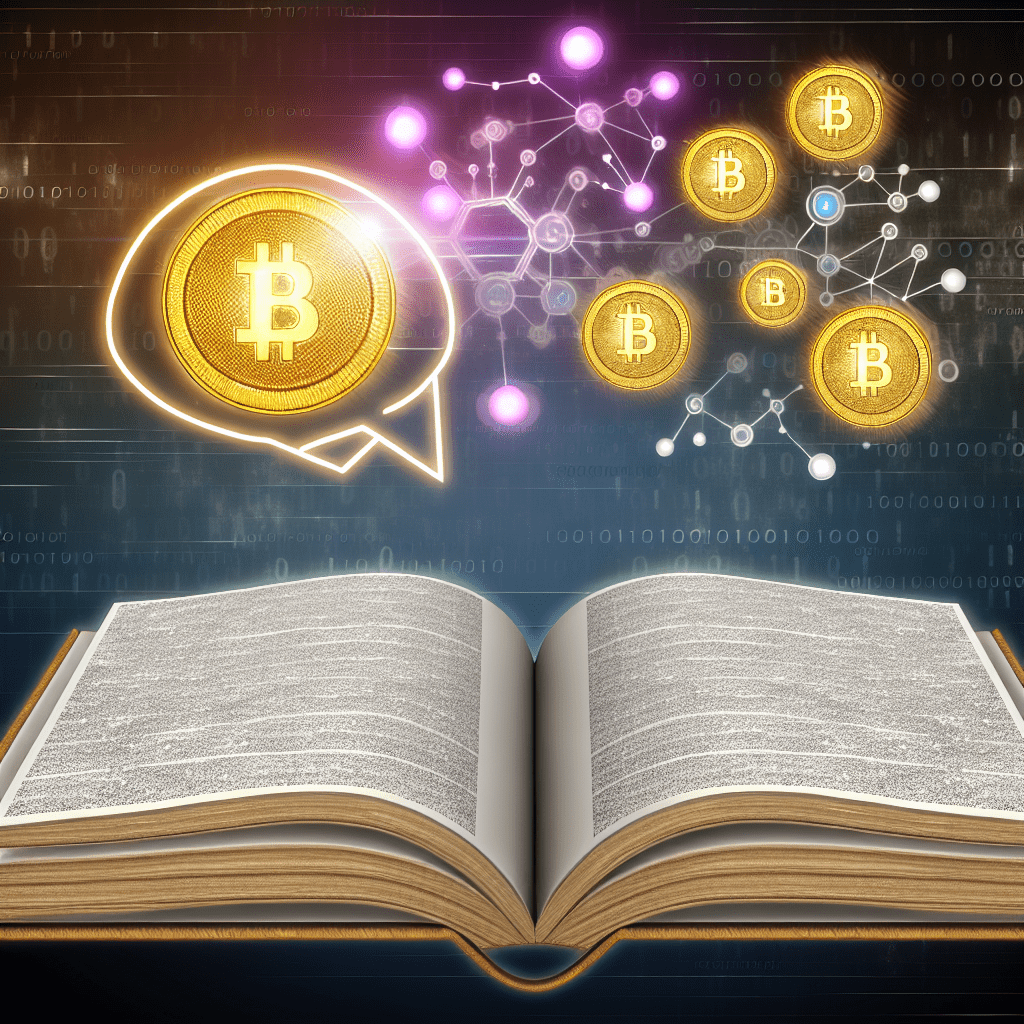Key takeaways:
ChatGPT can aggregate social media and news sentiment to uncover early narratives and market excitement surrounding emerging tokens.
Incorporating technical indicators and on-chain transaction data into ChatGPT enables traders to monitor “smart money” movements and identify accumulation or distribution trends.
Utilizing multiple GPTs in workflows allows traders to cross-reference metrics, sentiment, and contract reliability for more informed decisions.
Developing a data-driven scanner with embeddings, clustering, anomaly detection, and tokenomics metrics can streamline the identification of high-potential tokens.
Locating promising coins before they surge is often misjudged as luck, yet astute investors recognize that diligence is essential. With ChatGPT and other AI tools at your disposal, you can sift through thousands of tokens to pinpoint real value.
This guide will help you utilize ChatGPT as a research tool for cryptocurrency analysis.
Explore market sentiment and narrative with ChatGPT
A coin may possess strong fundamentals, but without discussion, its potential may go unnoticed.
A hidden gem often begins to create positive buzz. By feeding ChatGPT data from various sources, you can gauge public sentiment.
For example, you can copy recent headlines from leading crypto news sites or snippets from social media platforms like X or Reddit.
Try a prompt like:
“Examine the following news headlines and social media comments about [coin name]. Summarize the overall market sentiment, note any emerging narratives, and identify potential red flags or major concerns within the community.”
The AI can use the provided data to generate a summary indicating if sentiment is neutral, bullish, or negative, as well as which particular points are gaining traction. This approach can assist you in assessing the market’s emotional landscape.
Additionally, you can ask ChatGPT to search for signs of growth in a project’s ecosystem. You might share snapshots from platforms like DefiLlama, though real-time data cannot be provided.
For example, you could prompt it with:
“Based on the following total value locked data for protocols in the [coin name] ecosystem, identify which sectors are gaining momentum and the protocols experiencing the fastest growth over the last 30 days.”
Framed this way, ChatGPT can spotlight outliers—protocols attracting liquidity and users at a faster rate than others. These standout projects typically garner market attention and build momentum that can lead to significant price movements.
Did you know? According to MEXC Research, 67% of Gen Z crypto traders activated at least one AI-powered trading bot or strategy in the last 90 days, indicating a substantial generational shift toward automated, AI-assisted trading.
Data-driven approach to use ChatGPT
For seasoned traders, examining technical and on-chain metrics can uncover exciting opportunities. This marks the transition from researcher to analyst, actively collecting the relevant data to feed into the AI for deeper insights.
To interpret technical indicators more effectively, you can provide ChatGPT with raw technical data from charting platforms. For instance, give it the Relative Strength Index (RSI), moving average convergence-divergence (MACD), and various moving averages for a specific coin over a selected timeframe.
A useful prompt could be:
“Analyze the following technical indicator data for [Coin Name] over the previous 90 days. Based on the shared RSI, MACD, and 50-/200-day moving average crossovers, what can you infer about the current market trend and potential future price movements? Highlight any bullish or bearish signals.”
By conducting on-chain data analysis, you can uncover the realities behind a project’s activities. You may copy raw data from a block explorer or analytics tool.
For instance:
“Here is a list of recent transactions and wallet activities for [Coin Name]. Analyze this data to detect ‘smart money’ movements, characterized by large-volume transactions from historically successful wallets. Can you identify any accumulation or distribution patterns?”
This strategy can help you monitor big players’ movements and ideally catch early indicators of a potential price shift before they’re apparent to the broader market.
ChatGPT advanced GPTs
In the crypto space, ChatGPT’s true capabilities are revealed when exploring GPTs, custom versions designed for specific applications. Numerous GPTs enhance ChatGPT’s functionality, such as smart contract analysis, blockchain research summarization, or structured market data extraction. For example, you might utilize a GPT focused on token safety evaluation, another dedicated to on-chain wallet tracking, or one optimized for parsing crypto research documents.
Here’s a step-by-step guide to accessing GPTs for crypto trading:
Step 1: Get a ChatGPT subscription
You’ll require a ChatGPT Plus account ($20/month) to start using GPTs.
Step 2: Explore GPTs
In the left-hand menu, select “Explore GPTs.” Use the search bar to find crypto-related GPTs. Choose and launch the GPT you wish to employ.
Multiple GPTs can operate concurrently within your workflow—e.g., combining a GPT that summarizes tokenomics with another that verifies contract safety. However, remember: these tools should supplement your own research, not completely replace it.
How to build a data-driven scanner with ChatGPT
Move beyond one-off prompts by integrating ChatGPT into an automated discovery pipeline.
Begin by creating embeddings from project white papers, social media content, and GitHub contributions. Combine these vectors to highlight outliers worth human review. Include a tokenomics risk score that assesses circulating supply, unlock timelines, and vesting cliffs, along with a liquidity depth metric derived from order book snapshots and decentralized exchange (DEX) pool spreads.
You may also implement anomaly detection for substantial transfers and contract interactions to flag unusual activities in real-time.
To execute this system, gather data via APIs from GitHub, CoinGecko, and Etherscan. Process this data using Python (or another programming language) to generate numerical metrics and embeddings. Apply clustering and anomaly detection to showcase unusual projects, then funnel the findings into a dashboard or alert system for quick action.
Lastly, backtest your signals by replaying historical on-chain events and transaction activities. This transforms disconnected data points into a structured process that produces repeatable, high-signal trade insights.
This article does not constitute investment advice or recommendations. All investments and trading decisions involve risk, and readers should conduct their own research before making any decisions.

